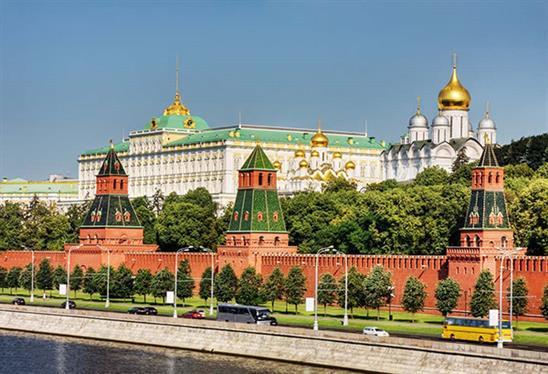Life in medieval Tula, nestled within the vast tapestry of Russian history, presents a captivating glimpse into a world shaped by princely power, constant threats, and the burgeoning spirit of a people forging their identity. Imagine a city fortified against the steppe winds, its craftsmen toiling, its markets bustling, and the shadow of the Mongol yoke looming large. What was it like to live in this crucial outpost during such a tumultuous period? Let’s delve into the heart of 13th-15th century Tula and uncover the realities of daily existence.
The Fortified Existence: Living Under Constant Threat
Tula’s strategic location, a gateway between the forested north and the open steppe, dictated much of its medieval character. The threat of raids, first from nomadic tribes and later from the Golden Horde, was a constant reality. The city’s inhabitants lived within the protective embrace of its kremlin, a wooden fortress initially, later replaced by stone. This fortification wasn’t just for soldiers; it sheltered the entire populace during times of danger. Think of families huddled together, their lives intertwined with the fate of the city. Daily life was punctuated by the need for vigilance, the ever-present awareness of potential attack. How did this constant tension shape the psychology of the people?
The Kremlin: More Than Just Walls
The kremlin wasn’t just a defensive structure; it was the heart of Tula. Within its walls, markets thrived, crafts were practiced, and the prince held court. This central hub fostered a strong sense of community, a shared experience forged in the crucible of uncertainty. Imagine the vibrant tapestry of life unfolding within these fortified walls – the clang of the blacksmith’s hammer, the cries of merchants hawking their wares, the hushed whispers of political intrigue. Can you hear the echoes of the past?

The People of Tula: A Blend of Resilience and Resourcefulness
The people of Tula during this era were a hardy bunch. Farmers, artisans, merchants, and soldiers – they all contributed to the city’s survival. Their resilience in the face of adversity was remarkable. Tula, even under Mongol rule, continued to be a center of trade and craft production, showcasing the adaptability and resourcefulness of its inhabitants. What drove them to persevere under such challenging circumstances?
Crafts and Trade: The Lifeblood of the City
Despite the ever-present danger, Tula’s artisans continued to ply their trades. Blacksmiths, carpenters, leatherworkers, and potters – their skills were essential to the city’s functioning. The medieval era saw the development of Tula’s reputation for metalworking, a tradition that would later become synonymous with the city. Trade, both local and long-distance, brought in essential goods and connected Tula to the wider world. Imagine the caravans arriving, laden with goods from distant lands, bringing news and stories from beyond the city walls.
The Impact of Mongol Rule: A Shadow Over Tula
The arrival of the Mongols in the 13th century cast a long shadow over Tula. The city became a tributary state, obliged to pay tribute to the Golden Horde. This period was undoubtedly a difficult one, marked by hardship and uncertainty. However, it also witnessed a degree of cultural exchange and integration. How did the Mongol presence influence the development of Tula?
Adapting to a New Reality
Life under Mongol rule demanded adaptation. The people of Tula, like many others in the region, had to navigate a new political landscape. While the Mongol overlords exerted their authority, daily life, for the most part, continued. The city’s crafts and trade, though impacted, did not cease. This period of adaptation speaks volumes about the resilience and pragmatism of the people of Tula.
Tula’s Rise from the Ashes: Seeds of Future Greatness
Despite the hardships of the medieval period, Tula survived. The city gradually regained its strength, becoming a crucial player in the struggle against the Golden Horde. This era of struggle and resilience laid the foundation for Tula’s future importance in Russian history. Can you sense the seeds of greatness being sown amidst the turmoil?
From Outpost to Powerhouse: A Glimpse into the Future
By the late medieval period, Tula had begun to emerge as a powerful force. Its strategic location and the determination of its people positioned it to play a key role in the consolidation of the Russian state. The city’s fortifications were strengthened, its economy recovered, and its political influence grew. The medieval period, though challenging, ultimately forged the character of Tula, setting the stage for its future prominence.
In conclusion, life in medieval Tula was a complex tapestry woven with threads of resilience, resourcefulness, and constant adaptation. The challenges faced by the city’s inhabitants, from the ever-present threat of attack to the burden of Mongol rule, shaped their character and laid the groundwork for Tula’s future significance. We invite you to share your thoughts and reflections on this fascinating period in Tula’s history in the comments below. Perhaps you have questions about daily life within the kremlin or the impact of the Mongol yoke? We encourage you to explore further and discover more about the rich history of this remarkable city.











